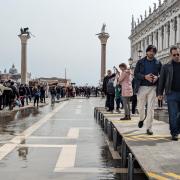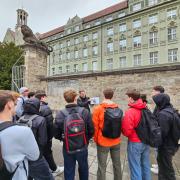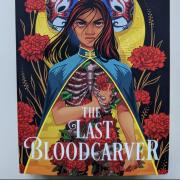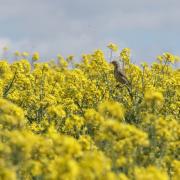
Halloween, an annual holiday celebrated on the night of the 31st of October. For many, this is an opportunity to decorate houses, dress up and go from door to door for some candy. But how did this celebration originate?
“Halloween is to dress up and get sweets.” Says 9-year-old Jasmeet Kaur.
The origins of Halloween date back to the ancient Celtic festival, Samhain. 2000 years ago, the Celts would celebrate their new year on the 1st of November in areas around the UK, Ireland and Northern France. This date would mark the end of the harvest and summer, and the beginning of a cold winter. Winter was often associated with death. The Celts believed that on the 1st of November, the boundary between the living and the dead would become blurred. Therefore, on the night of the 31st of October, it was considered that ghosts would return to Earth.
Not only were the spirits thought to cause trouble and damage, the Celts supposed that their presence made it easier for Celtic Priests to make predictions about the future. These prophecies consoled people who believed the superstitions about winter. To commemorate the event, Priests would light sacred bonfires to burn crops and animals as sacrifice. During this, Celts would wear special costumes, consisting of animal skins and masks. After the celebration was over, the Priests would re-light the bonfires to protect them during winter.
By 43 A.D, the Roman Empire had conquered the Celtic territory, and combined two roman festivals with Samhain. The first festival was Feralia where the Romans would memorialize the passing of the dead. The second festival was to celebrate Pomona, the goddess of fruit and trees. The symbol linked to the goddess Pomona is an apple, which explains the tradition of bobbing apples on Halloween.
In 609 A.D, Pope Boniface IV devoted the Pantheon in Rome for all Christian martyrs. Pope Gregory III broadened the festival to include saints as well as martyrs, and moved the festival to the 1st of November. As the influence of Christianity spread, November the second became All Souls Day, which honoured the dead. The All Saints Day was called All-hallows or All-hallowmas, and the traditional night of Samhain began to be called All-Hallows Eve, and ultimately, Halloween.
By Gursiman Ghataura



























